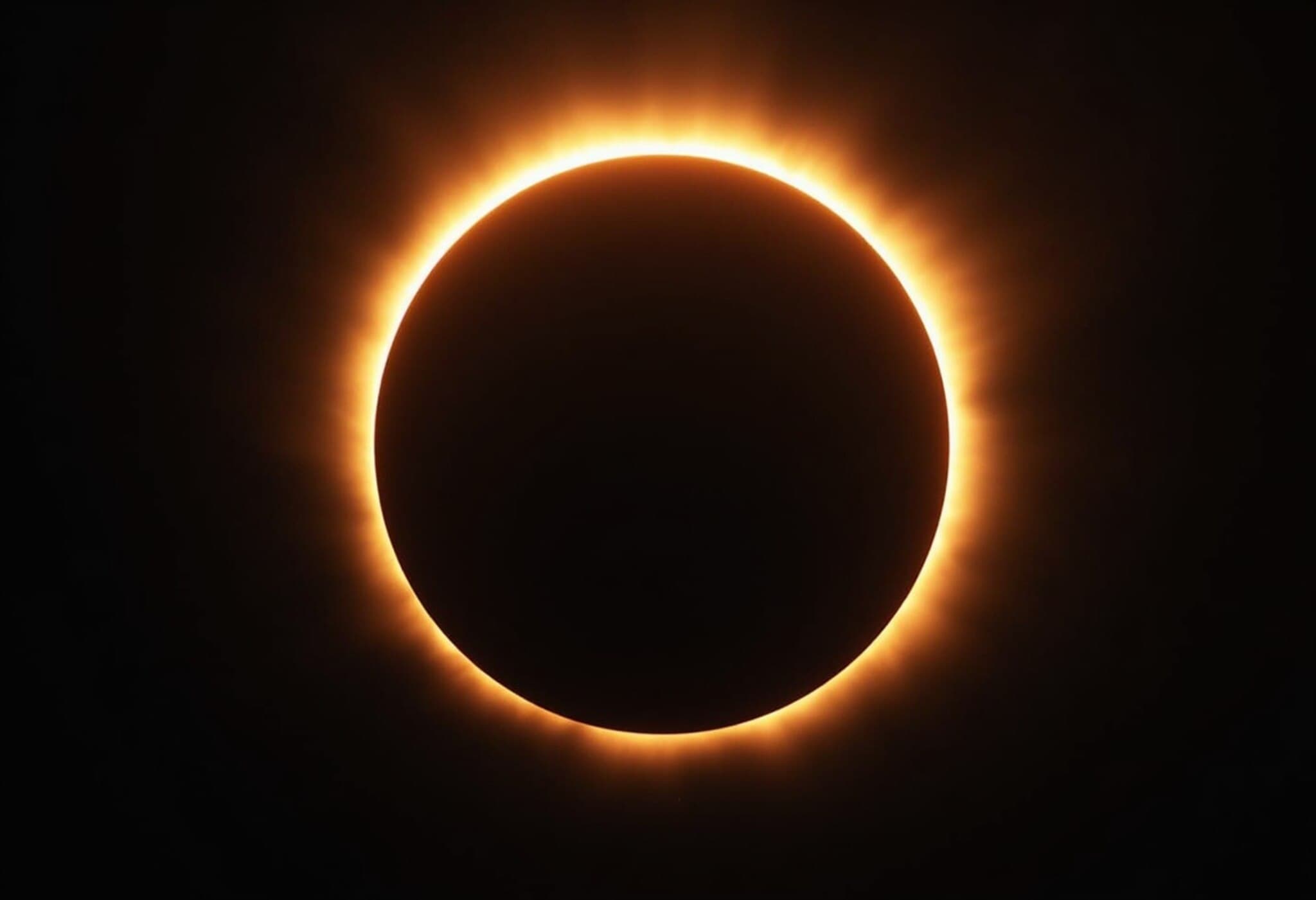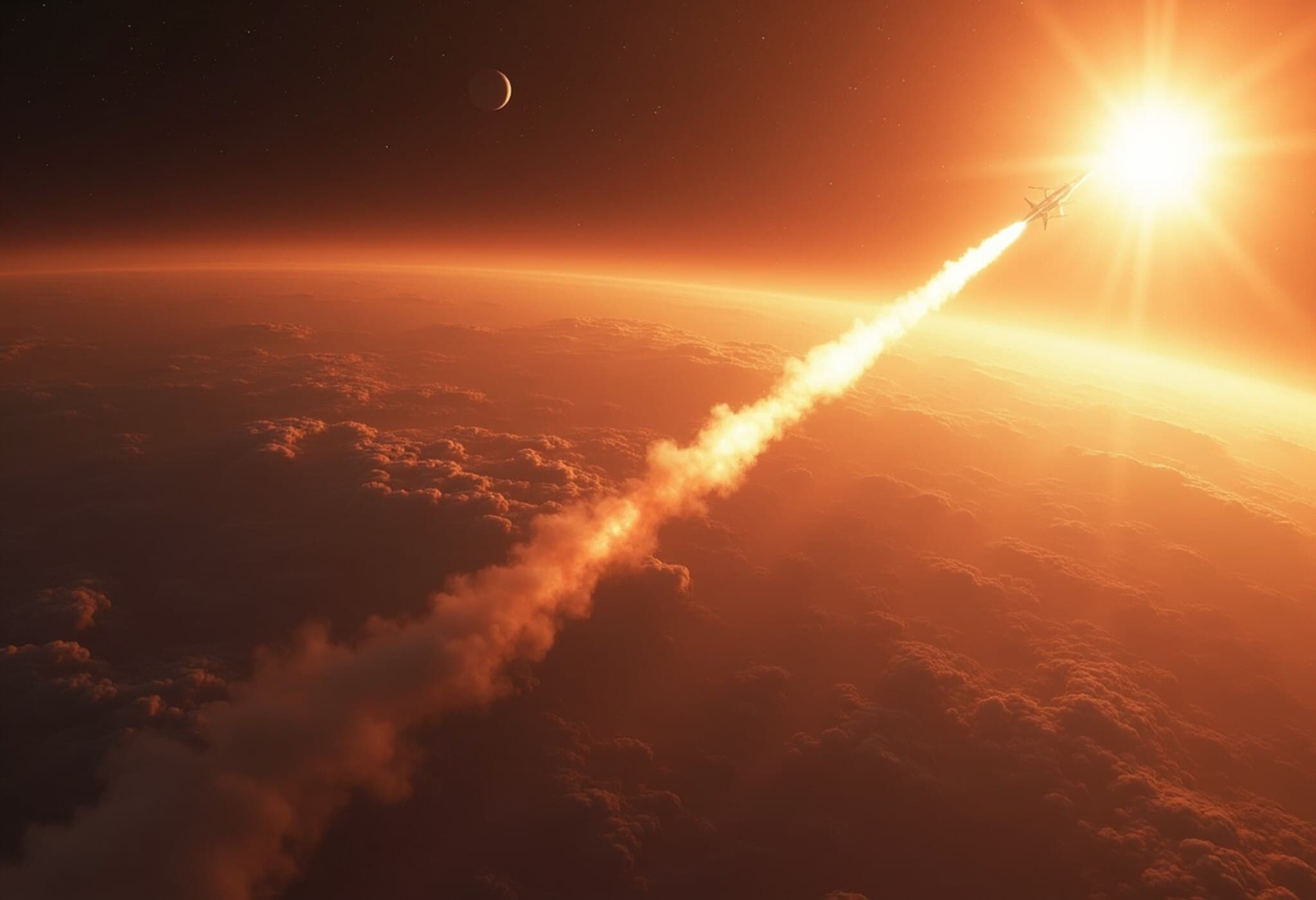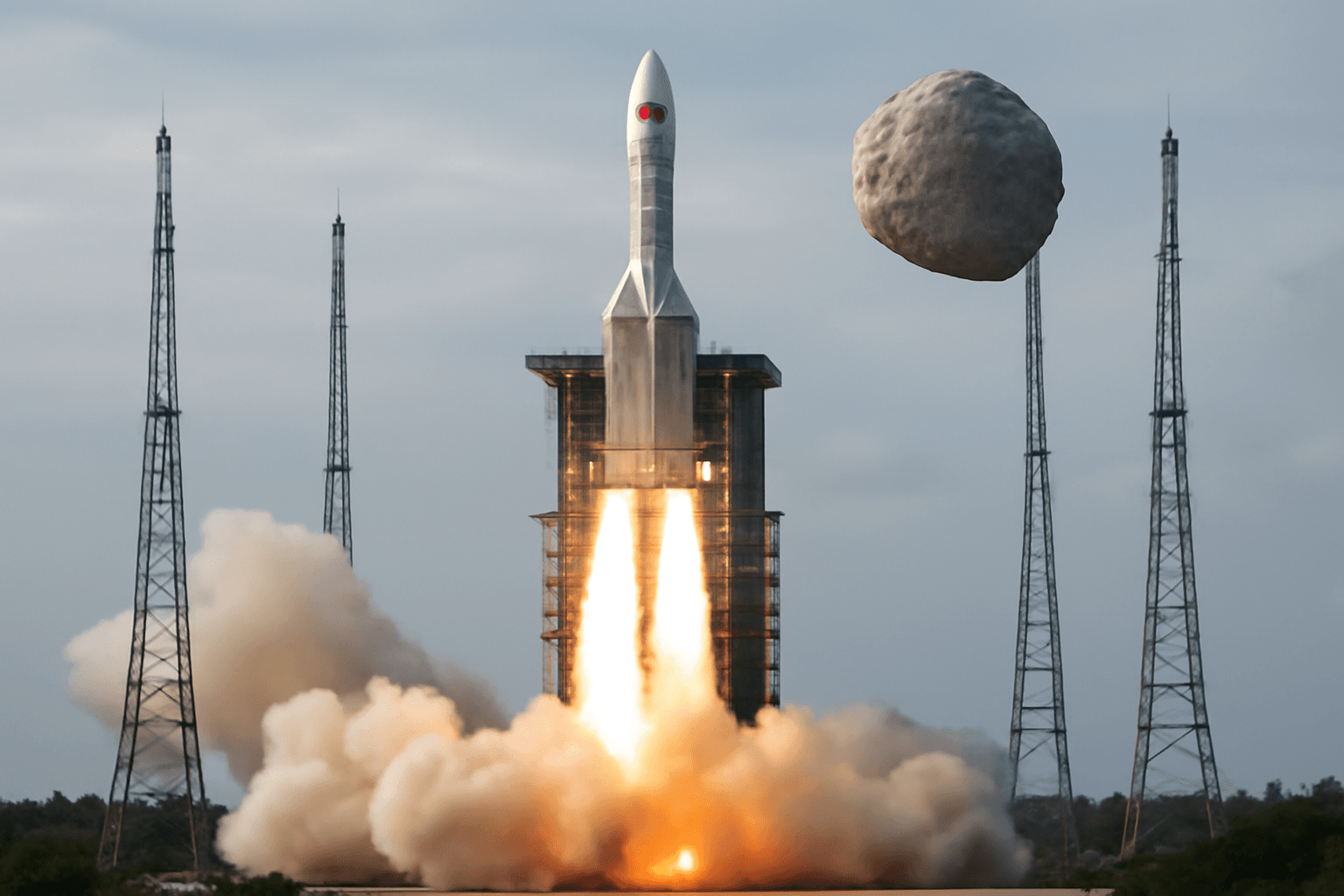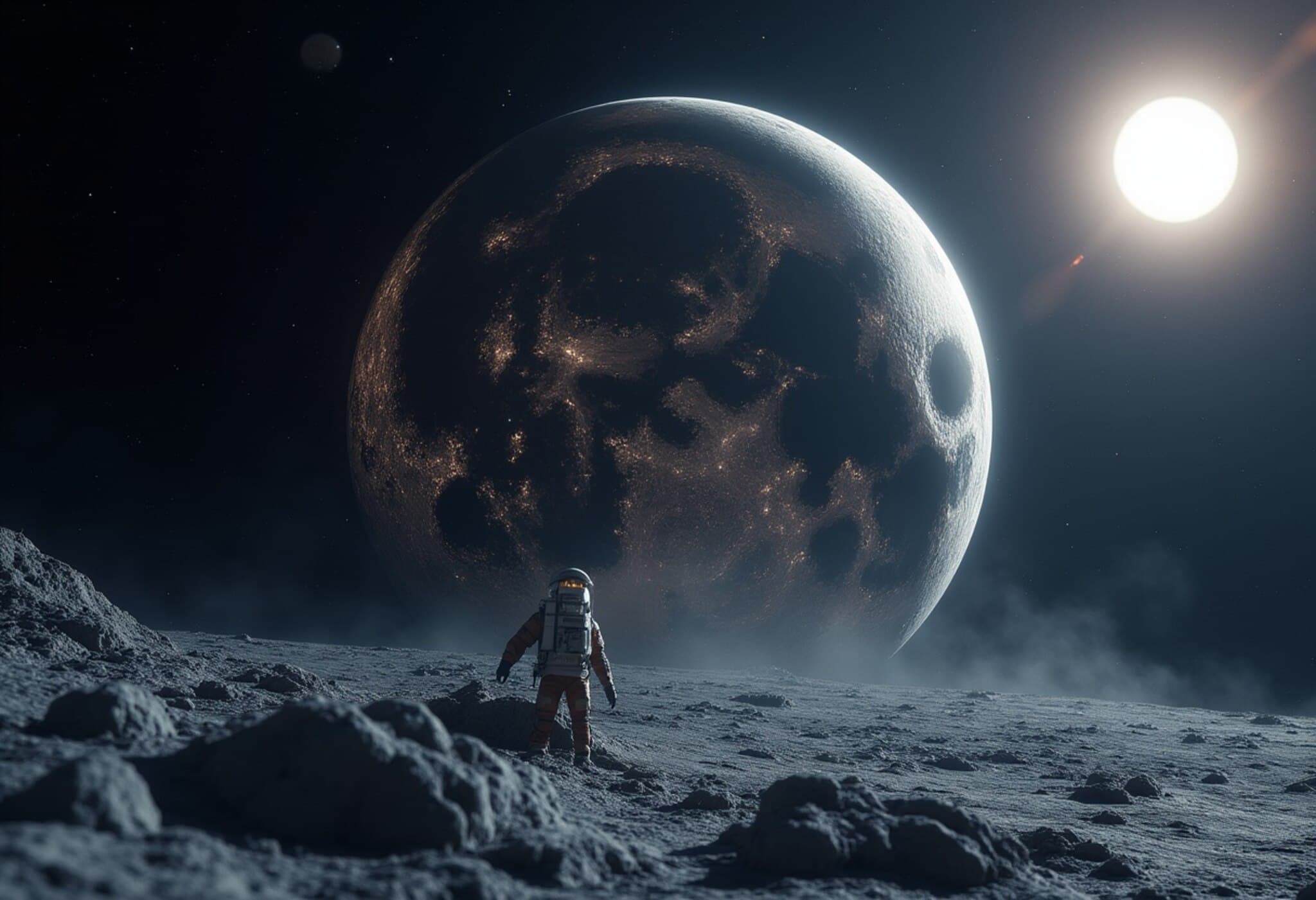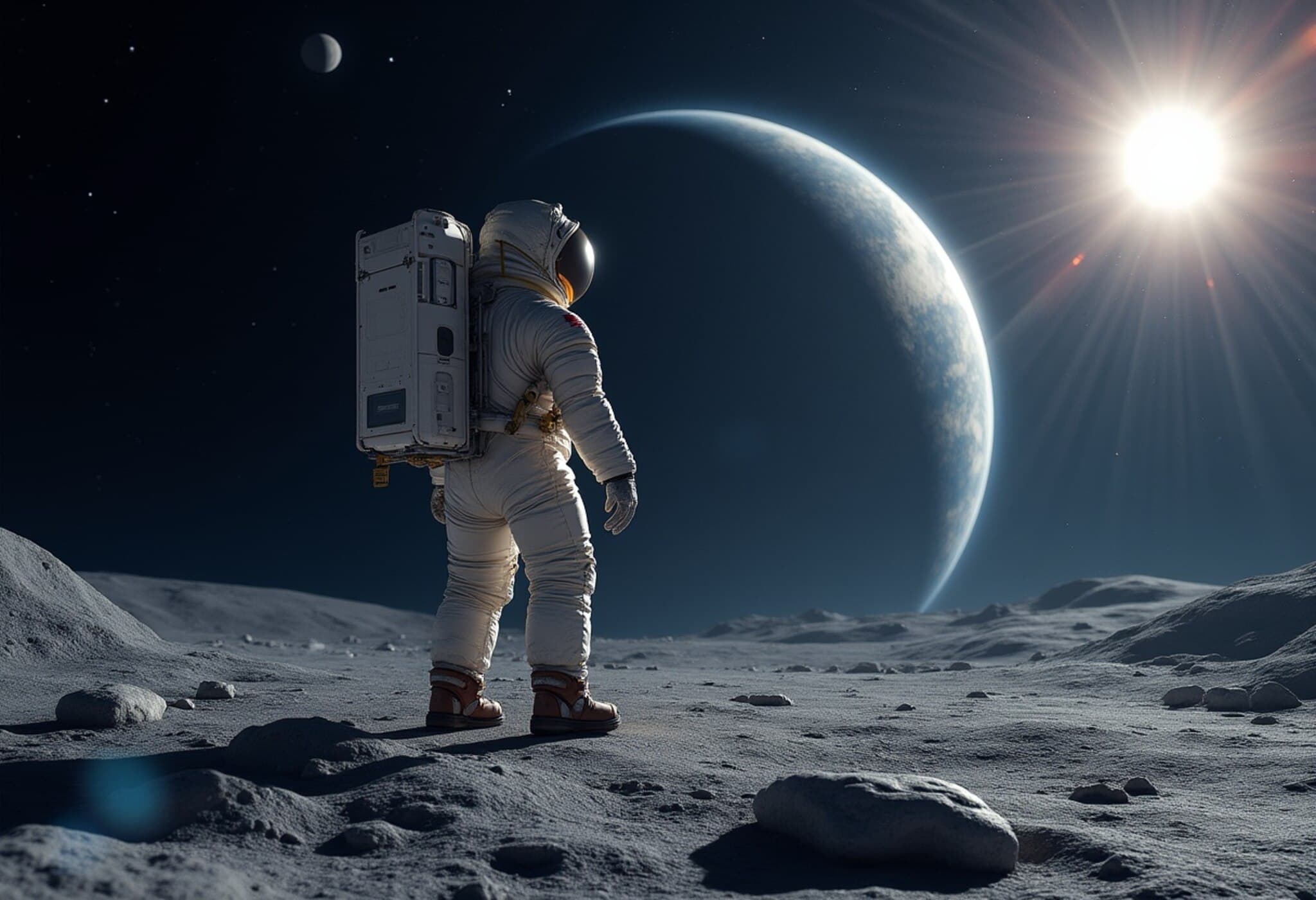Debunking the Myth: No Global Blackout This August 2, 2025
In recent days, social media platforms have been abuzz with an alarming claim: that the entire world will plunge into six minutes of complete darkness on August 2, 2025, due to an extraordinary solar eclipse. While the idea stirs a mix of fascination and unease, NASA has firmly clarified that this assertion is false. Astronomical data confirms there is no such global blackout event set for 2025.
Understanding Solar Eclipses and Their Reach
A solar eclipse occurs when the Moon moves between Earth and the Sun, casting a shadow that can partially or totally block the Sun's light for observers on Earth. However, these shadows cover limited and specific geographical paths, meaning eclipses are never global events. The most dramatic eclipses – total solar eclipses – only darken a narrow band on Earth's surface, lasting mere minutes.
The misconception that an eclipse can darken the entire globe overlooks these fundamental astronomical facts. This misunderstanding likely contributed to viral rumors magnifying the facts into unfounded fear.
What NASA Actually Confirms: The 2027 Total Solar Eclipse
The next noteworthy total solar eclipse of significant magnitude is scheduled for August 2, 2027, two years later than the viral claim. This upcoming 'Eclipse of the Century' will be a spectacular celestial event but localized in nature. The Moon's shadow will sweep across parts of Europe, North Africa, and the Middle East, not the entire world.
Path of Totality: Which Regions Will Experience Darkness?
The 2027 eclipse's totality path is approximately 160 miles (258 km) wide and stretches over 9,462 miles (15,227 km). It will cover regions in 11 countries, including:
- Spain and Gibraltar
- Morocco, Algeria, Tunisia, Libya, Egypt, Sudan
- Saudi Arabia, Yemen, Somalia
Within this belt, observers will witness the sky dim to twilight under direct shadow for up to 6 minutes and 22 seconds — the longest duration of totality on land in the 21st century. Outside this path, people will observe a partial eclipse, where only a portion of the Sun is obscured, leading to no significant darkness.
Solar Eclipse Science: Why Totality Is So Brief and Localized
Because the Moon’s shadow only touches a narrow swath of Earth’s surface, total solar eclipses are fleeting and geographically limited. The alignment must be nearly perfect, and the Moon’s smaller apparent size relative to the Sun creates a small shadow called the umbra where totality occurs.
Witnessing totality is a profound experience for many — the sudden dimming, the drop in temperature, and the sight of the Sun’s corona framing the Moon create a celestial spectacle unlike any other.
What to Expect on August 2, 2025, and Beyond
While no total eclipse darkens the skies on August 2, 2025, there will be a partial solar eclipse on September 21, 2025. During this event, the Moon will partially block the Sun, appearing as a 'bite' taken out of the solar disk. This phenomenon is far less dramatic, causing no darkness and is only visible from select regions.
Why Accurate Information Matters
Misconceptions and sensational claims about astronomical events can trigger unnecessary anxiety and misinformation. Reliable guidance from agencies like NASA helps keep the public informed with scientific accuracy, encouraging people to engage with cosmic events with understanding and wonder rather than fear.
As news circulates about upcoming celestial phenomena, turning to expert sources ensures a grounded perspective. The 2027 total solar eclipse promises awe-inspiring sights for millions, while 2025 will see more modest, localized celestial events.
Expert Insight: The Role of Public Education in Astronomical Events
From an expert standpoint, the spread of eclipse misinformation highlights a broader challenge: scientific literacy in the age of rapid social media sharing. Public education campaigns ahead of major astronomy events play a crucial role in empowering communities to appreciate these natural wonders accurately.
In the U.S., initiatives by NASA and astronomical societies often include free live streams, safety guides for solar viewing, and educational workshops—bridging curiosity with cautious respect for the sun’s intense rays.
Personal and Cultural Significance of Eclipses
Beyond the science, eclipses have fascinated humanity for millennia—often imbued with cultural symbolism and inspiring art, poetry, and spiritual reflection. Recognizing eclipses as moments of universal connection rather than moments to fear allows us to embrace their profound natural beauty and scientific intrigue.
Editor's Note
As celestial events like solar eclipses capture our imaginations, it’s vital to separate fact from fiction. The viral contention that the world will experience a six-minute total blackout in August 2025 is a myth, unbacked by astronomical evidence. Looking ahead, the 2027 'Eclipse of the Century' offers a genuine and thrilling spectacle — a reminder of the cosmic rhythms that have shaped human wonder since time immemorial. Amidst the digital flood of misinformation, authoritative voices like NASA remain our best guide to the skies.

